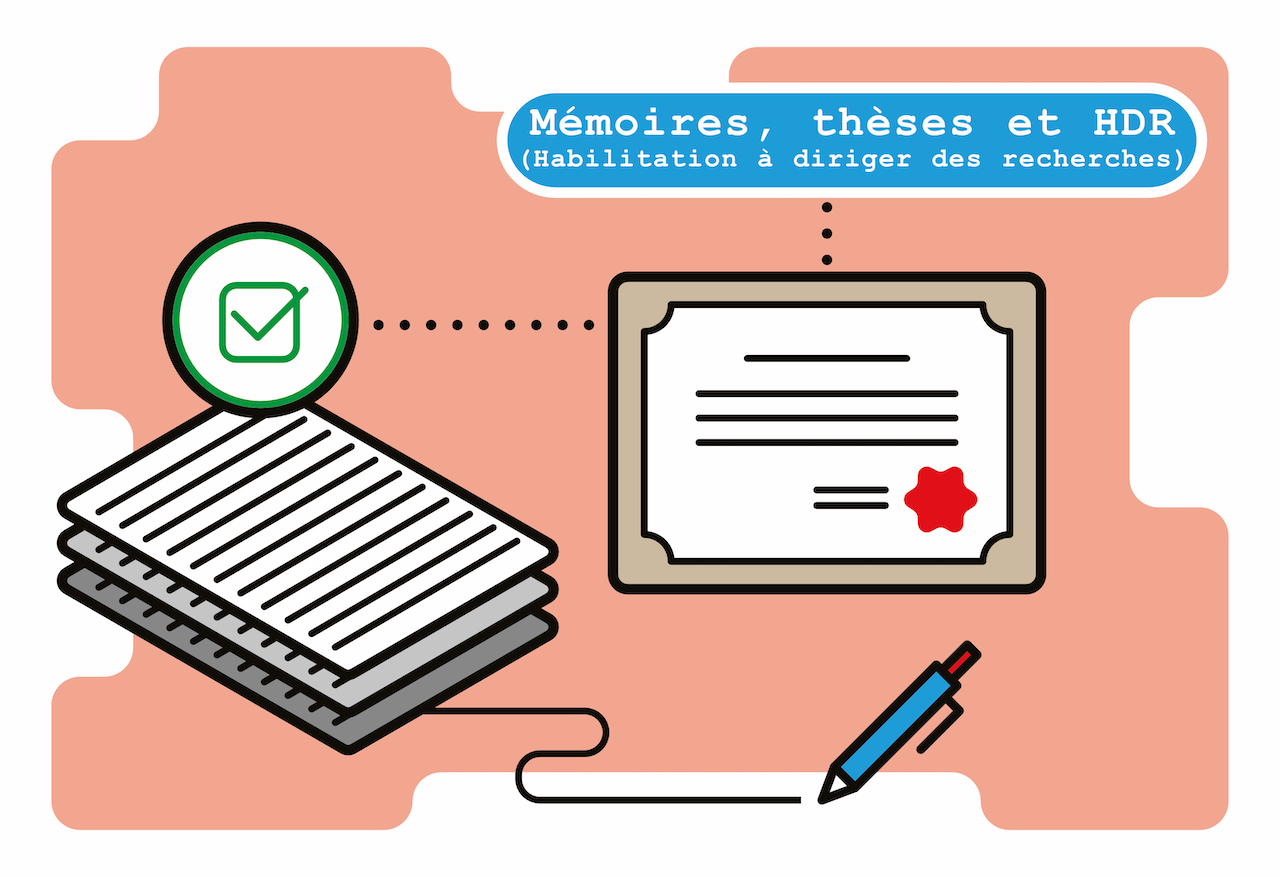Targeting host cell processing glucosidase activity as a potential strategy for reducing viral replication
Fiche du document
- ISIDORE Id: 10670/1.36e1ee...
Sujets proches
HCV (Hepatitis C virus) Immunologic deficiency Immune deficiency Immunological deficiency Group B arboviruses Flaviviridae Viral replication Replication of viruses Military strategy Speciation (Biology) Relevancy Pertinence Reducing Weight reduction Weight reducing Obesity--Control Loss of weight Weight control of obesity Reduction of weight Losing weight Slimming Formation of corporations Incorporation--Law and legislation Federal incorporation Mucroproteins Pattern Model Diarrhoea Methods of analysis Analysis and chemistry Analytical methods Chemical analysis Analysis methods Analysis and examinationCiter ce document
M Lee, « Targeting host cell processing glucosidase activity as a potential strategy for reducing viral replication », Oxford Research Archive, ID : 10670/1.36e1ee...
Métriques
Partage / Export
Résumé
The anti-viral efficacy of N-butyl-deoxynojirimycin (NB-DNJ, Miglustat, Zavesca) against a broad spectrum of viruses including bovine viral diarrhoea virus (BVDV), hepatitis C virus (HCV) and human immunodeficiency virus (HIV) is attributed to the disruption of viral envelope glycoprotein formation through the inhibition of the host ER alpha(α)-glucosidase activity. The DNJ-derived compound, N-(6'-4"-azido-2"-nitrophenylamino) hexyl-1-deoxynojirimycin (NAP-DNJ) is a more potent ER α-glucosidase inhibitor than NB-DNJ and together with the HCV surrogate model, BVDV, was used in this study to explore the relevance of ER α-glucosidase inhibition as a therapeutic target. The free oligosaccharide analysis (FOS) used in this study detected for the abundance of Glc1Man5GlcNAc1 (G1M5N1) and Glc3Man5GlcNAc1 (G3M5N1), indicative of α-glucosidases II and I inhibition respectively. The exclusive inhibition of α-glucosidase II was found to significantly reduce the virus titre of progeny virions as a result of viral protein misfolding and reduced heterodimerization and incorporation of envelope glycoproteins E1 and E2. A more pronounced reduction of viral infectivity required the perturbation of both α-glucosidases I and II. A modest library of DNJ-derived compounds was also synthesized and subjected to FOS analyses to compare their α-glucosidase inhibitory potential. NAP-DNJ was shown to be one of the more potent α-glucosidase inhibitors in both MDBK and HL60 cells. Relative to NB-DNJ and N-9-methoxynonyl-DNJ, NAP-DNJ was also found evoke significantly higher levels of mono- and tri-glucosylated species in vivo. The findings of this study provide key insights into the replicative cycle of BVDV and other flaviviruses and have significant implications for the future development of DNJ derivatives as anti-viral compounds.
